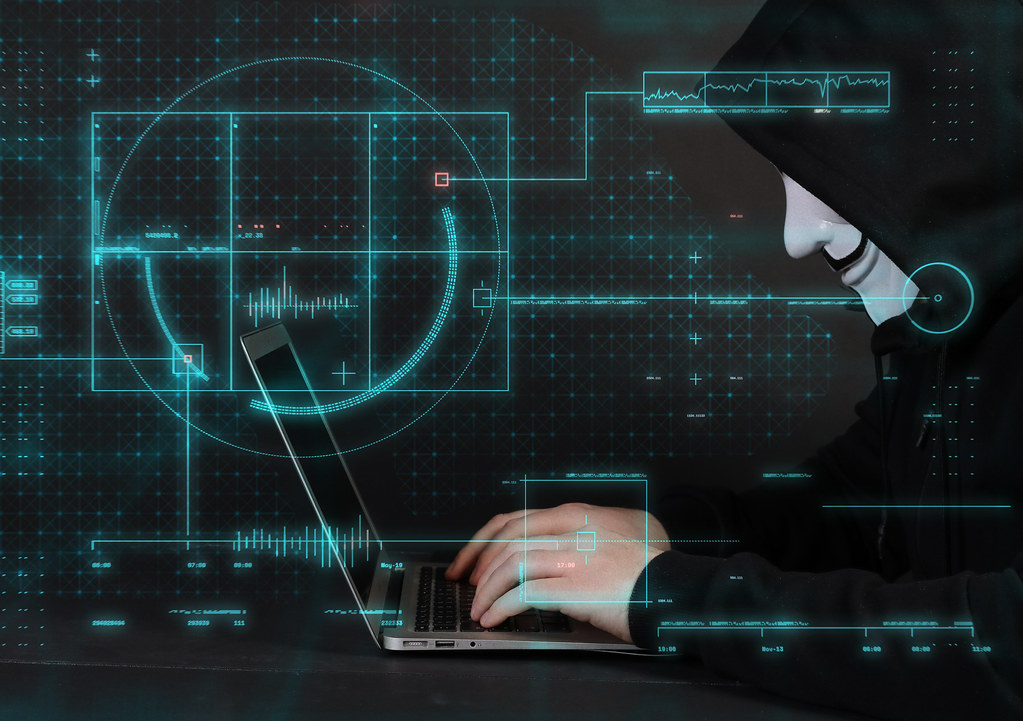The age of coordinated attacks
As AI technology continues to advance, the threat of AI-driven fraud grows. This article delves into the rising concerns of AI fraud and its implications for enterprises.

Phishing emails and spoofed domains are no longer the peak of social engineering. Today’s adversaries are leveraging AI-generated voice, video, and automation to orchestrate coordinated deepfake attacks that are fast, adaptive, and deeply manipulative. These campaigns don’t just exploit vulnerabilities — they exploit trust itself. Welcome to the era of AI-driven deception. And without the right tools, traditional defenses simply can’t keep up.
AI has not only streamlined different operations across major fields but it has also enhanced decision-making processes. Even though it presents many pros, AI has also introduced new and growing threats of AI fraud as it's called by many.

What Are Coordinated Deepfake Attacks?
Unlike early deepfakes that were isolated to a fake video or a cloned voice clip, coordinated deepfake attacks combine multiple synthetic elements across platforms — from video calls and phone calls to email, messaging apps, and internal tools like Slack or Microsoft Teams
These attacks are designed to simulate authentic interactions across multiple trust layers. For example:
- A video call with a “CEO” authorizing a high-value transaction, followed by a Slack message confirming the same.
- A cloned voice: posing as a finance director calling in with urgency, paired with a realistic-looking invoice via email.
- AI-generated LinkedIn profiles or spoofed websitesused to legitimize fraudulent outreach or KYC scams.
AI-driven fraud poses a critical threat to enterprises, with industries like finance, government, and healthcare being the most affected. A notable case in 2019 saw a UK energy company lose $243,000 due to a deepfake audio attack.
Real-World Examples of Coordinated Attacks
- Developer Platform Deepfake Breach: A well-known software company was targeted by attackers who used SMS phishing, fake login portals, and AI voice cloning to impersonate internal IT staff. Once the employee complied with a phony voice call, multi-factor authentication (MFA) was bypassed, compromising critical crypto wallets and internal data. Takeaway: This was a highly staged, multi-step synthetic campaign — not just a phishing link.
- Full-Scale Investment Scam: Fraudsters constructed a complete clone of a legitimate investment firm, complete with fake customer portals, KYC documents manipulated with AI, and trusted-looking emails. Victims were funneled through what appeared to be a regulated investment process — losing significant sums to synthetic trust engineering.
- CFO Deepfake Video Call in Asia: An employee at a multinational company joined a video call with what appeared to be their CFO and other executives. All were AI-generated deepfake avatars. After the fake meeting, the employee transferred over $449,000, believing they had received executive approval. A similar attack in Hong Kong cost another firm $25 million.
Why Traditional Defenses Fail
Even with email gateways, MFA, and awareness training, most security infrastructure wasn’t designed to detect AI-generated content — especially when it’s synchronized across multiple communication channels.
Here's where traditional tools break down:
- Email filters can’t detect synthetic voices or deepfake videos embedded in attachments or links.
- Call centers and video conferencing tools have no built-in deepfake detection.
- Human judgment fails under pressure when voices and faces seem convincingly real.
- Security training is not enough when deception hits across voice, video, email, and chat all at once.
These attacks don’t break your system — they bypass it, exploiting perception rather than logic.
How deeptrack Defends Against Coordinated Deepfake Campaigns
deeptrack was engineered specifically to tackle the new frontier of AI-enabled threats. Our platform enables organizations to detect, analyze, and respond to synthetic media in real time — wherever it appears in the communication stack.
Key Capabilities:
- Multimodal Deepfake Detection - deeptrack analyzes video, voice, and images using advanced AI models trained on diverse, high-quality datasets. It identifies tampered or synthetic content with industry-leading precision and speed.
- Cross-Channel Monitoring From call centers and Zoom meetings to document verification and messaging platforms, deeptrack integrates into everyday workflows to detect threats before they’re acted upon.
- Alerting + Forensics deeptrack seamlessly feeds alerts into your SIEM, SOAR, or incident response workflows, supported by forensic reporting for compliance, investigations, and legal documentation.
- Simulation & Preparedness We help teams simulate synthetic media attacks in real-world tabletop scenarios — training your defenses and exposing blind spots before attackers do.
Security Recommendations for the Age of AI Deception
To stay ahead of coordinated synthetic threats, security teams must rethink detection, trust, and training.
Here’s what leading teams are doing:
- Deploying AI-native defense tools purpose-built to analyze and respond to synthetic media.
- Training teams on coordinated AI fraud using real-world deepfake simulations.
- Updating incident response protocols to include forensic review of audio, video, and identity signals.
- Building secure communication layers that validate sender identity beyond visual or vocal signals.
A Holistic
Authenticity
Ecosystem
The deeptrack AI application is not just a tool —it is a fraud prevention and media authenticity command center